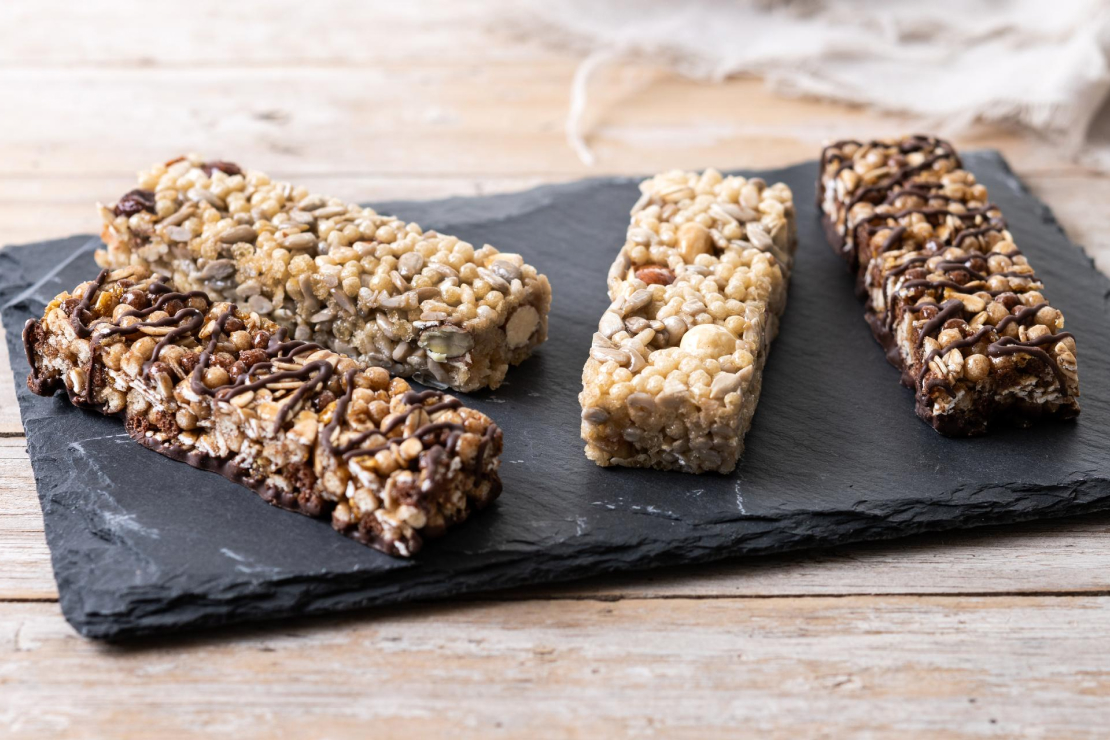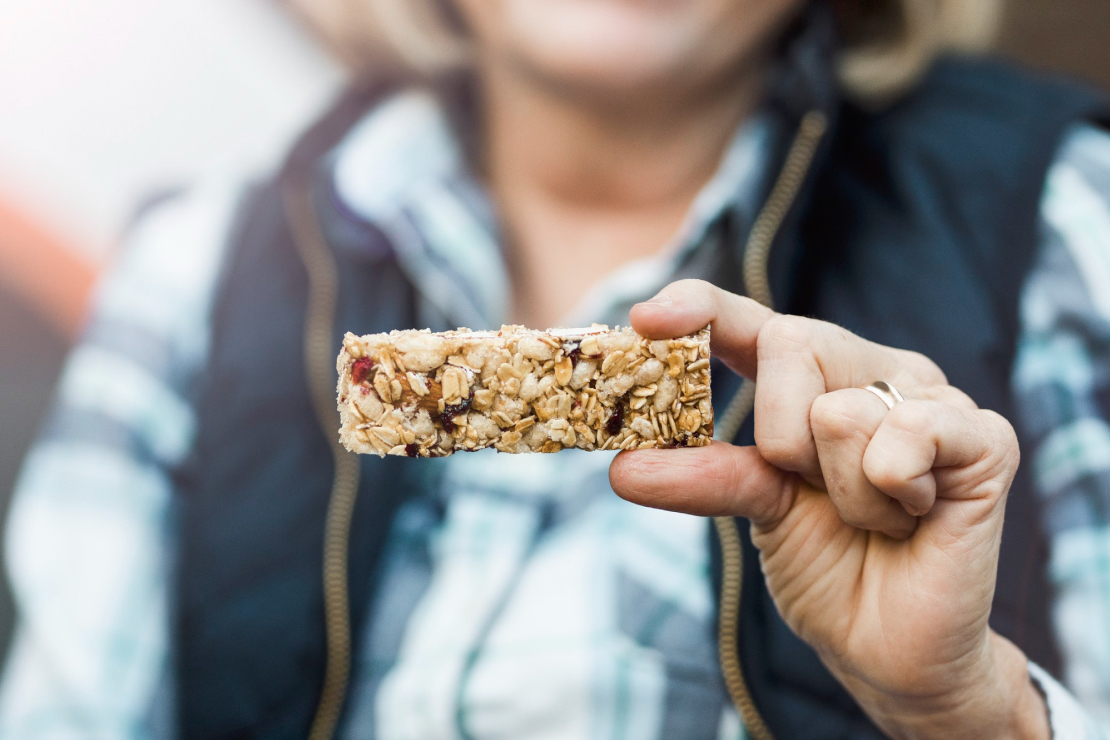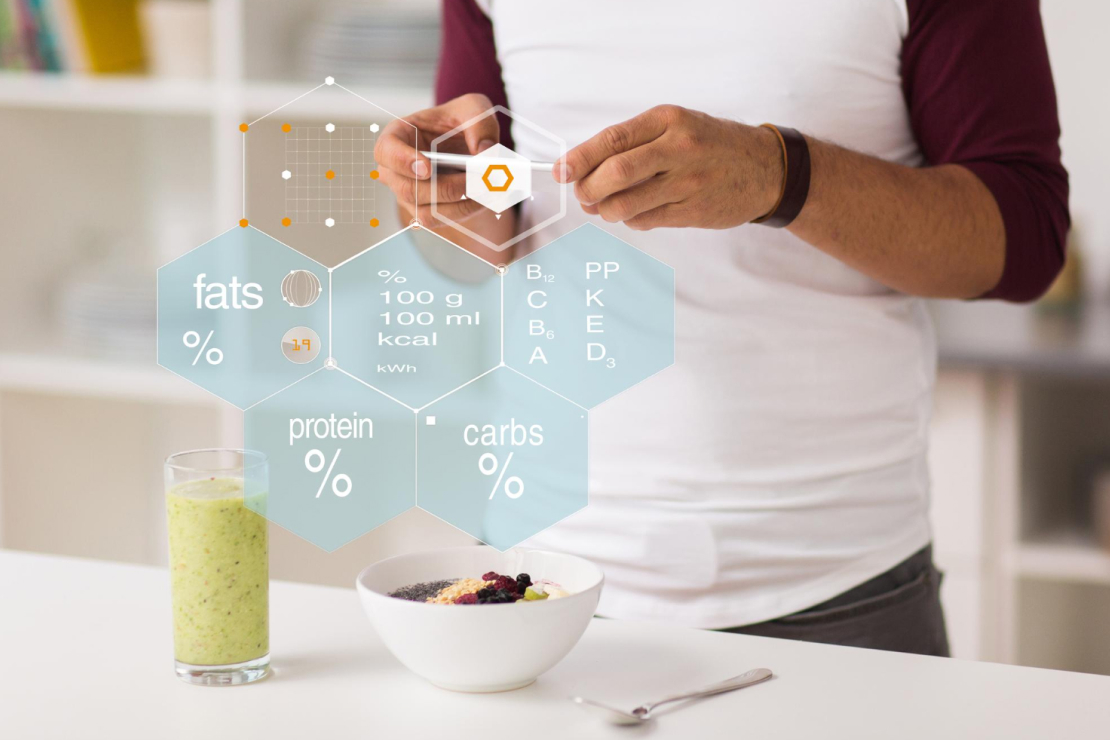Protein Bars: Are They Actually Macro-Friendly or Candy in Disguise?
Unpack the truth about protein bars. Discover how to distinguish between genuinely macro-friendly options and those that are essentially candy bars in disguise. Learn what to look for, what to avoid, and how to use protein bars effectively to support your fitness and nutrition goals.

Table of Content
Protein bars have become a ubiquitous presence in grocery stores, gyms, and even vending machines. Marketed as convenient, healthy snacks or meal replacements, they promise to fuel workouts, aid recovery, and support weight loss. But with an overwhelming variety on the market, it's easy to wonder: are protein bars genuinely macro-friendly tools for your fitness journey, or are many of them just candy bars in clever packaging?
The Allure and Confusion of Protein Bars
The appeal is clear: a quick, portable source of protein that tastes good. However, the nutritional quality can vary wildly. Some are meticulously crafted with balanced macros and quality ingredients, while others are loaded with sugar, unhealthy fats, and artificial additives, making them far from ideal for your health goals.
Decoding the Macro Profile: What to Look For
To determine if a protein bar is truly macro-friendly, you need to become a label detective. Here's what to prioritize:
1. Protein Content: The Higher, The Better (Generally)
- Target: Aim for at least 15-20 grams of protein per bar. For a meal replacement, 20-30+ grams is ideal.
- Sources: Look for high-quality protein sources like whey protein isolate, casein, milk protein isolate, egg white protein, or plant-based proteins like pea or brown rice protein. Avoid bars with soy protein isolate as the primary source if you have concerns about phytoestrogens or processing.
2. Sugar Content: The Lower, The Better
- Target: Ideally, less than 5-8 grams of added sugar per bar. Some natural sugars from fruits or dates are acceptable.
- Hidden Sugars: Be wary of ingredients like corn syrup, high-fructose corn syrup, cane sugar, brown rice syrup, dextrose, maltodextrin, and fruit juice concentrates. These are all forms of sugar.
- Sugar Alcohols: Ingredients like erythritol, xylitol, and maltitol are sugar alcohols. They provide sweetness with fewer calories and don't spike blood sugar as much, but can cause digestive upset in some individuals if consumed in large quantities.
3. Fiber Content: Your Digestive Ally
- Target: Aim for at least 3-5 grams of fiber per bar.
- Benefits: Fiber helps with satiety, aids digestion, and can mitigate blood sugar spikes from other carbohydrates in the bar.
4. Fat Content: Quality Over Quantity
- Target: A moderate amount of healthy fats (5-15 grams) is generally good.
- Sources: Look for healthy fats from nuts, seeds, nut butters, and coconut oil. Avoid bars with excessive amounts of highly processed vegetable oils.
5. Calorie Count: Align with Your Goals
- Snack: For a snack, aim for 150-250 calories.
- Meal Replacement: For a meal replacement, 250-400+ calories might be appropriate, depending on your overall daily calorie needs.
When to Use Protein Bars Effectively
Protein bars are a tool, not a magic bullet. They are most beneficial in specific scenarios:
- On-the-Go Protein: When you need a quick protein fix and don't have access to whole food sources (e.g., traveling, busy workdays).
- Post-Workout Recovery: To kickstart muscle repair when a full meal isn't immediately available.
- Bridging Meals: To prevent excessive hunger between meals, helping you stick to your diet plan.
- Meal Replacement (selectively): For very busy days when a balanced whole-food meal is truly impossible, but choose bars specifically designed for this purpose with a broader nutrient profile.
What to Avoid
- Excessive Sugar: As mentioned, high amounts of added sugars.
- Artificial Ingredients: Artificial sweeteners, colors, and flavors.
- Unhealthy Fats: Hydrogenated oils or large amounts of highly refined seed oils.
- Low Protein, High Calorie: Bars that offer minimal protein but are high in calories, often due to excessive sugar and unhealthy fats.
Track Your Protein Bar Intake with Macro Tracking AI
Macro Tracking AI can be your best friend in navigating the protein bar jungle:
- Accurate Logging: Easily scan or manually log your protein bar, and our AI will break down its macros, helping you see if it aligns with your daily targets.
- Ingredient Analysis: Use the app to quickly check the nutritional information and ingredient list of different bars, helping you make informed choices.
- Personalized Recommendations: Over time, our AI can help you identify which protein bars best fit your individual macro goals and dietary preferences.
Protein bars can be a valuable and convenient addition to a macro-friendly diet, but they require careful selection. By understanding what to look for in terms of protein, sugar, fiber, and fat content, you can choose bars that genuinely support your health and fitness goals, rather than falling for a candy bar in disguise. Make informed choices, and let protein bars work for you!
Start Your Health Journey Today
Download Macro Tracking AI and take control of your nutrition with the power of artificial intelligence.
Download on App Store

